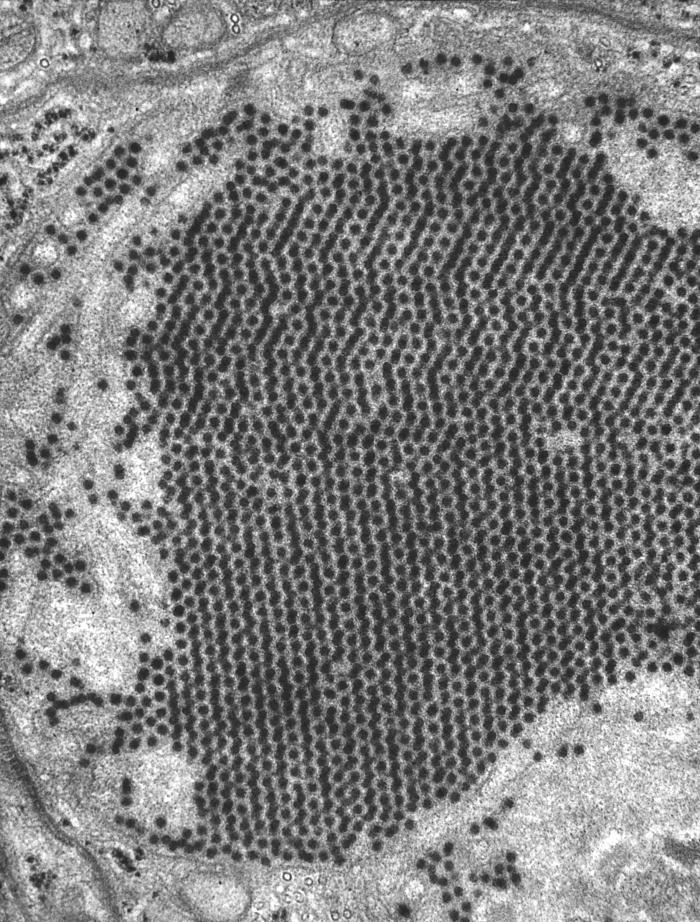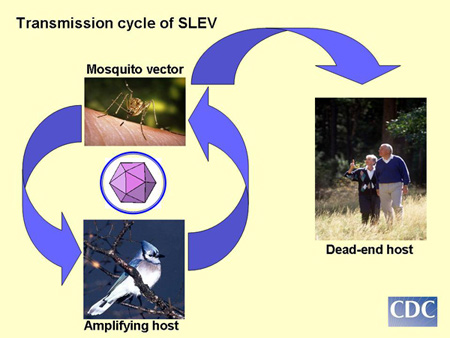St. Louis encephalitis virus (SLEV) is an arthropod-borne virus (arbovirus) that is primarily transmitted in Indiana by mosquitoes in the genus Culex. While most people who become infected with SLEV do not develop any symptoms, some people can develop severe inflammation in the brain, spinal cord, or other parts of the nervous system.

St. Louis encephalitis virus. Centers for Disease Control and Prevention.
Page Last Updated: August 30, 2024

